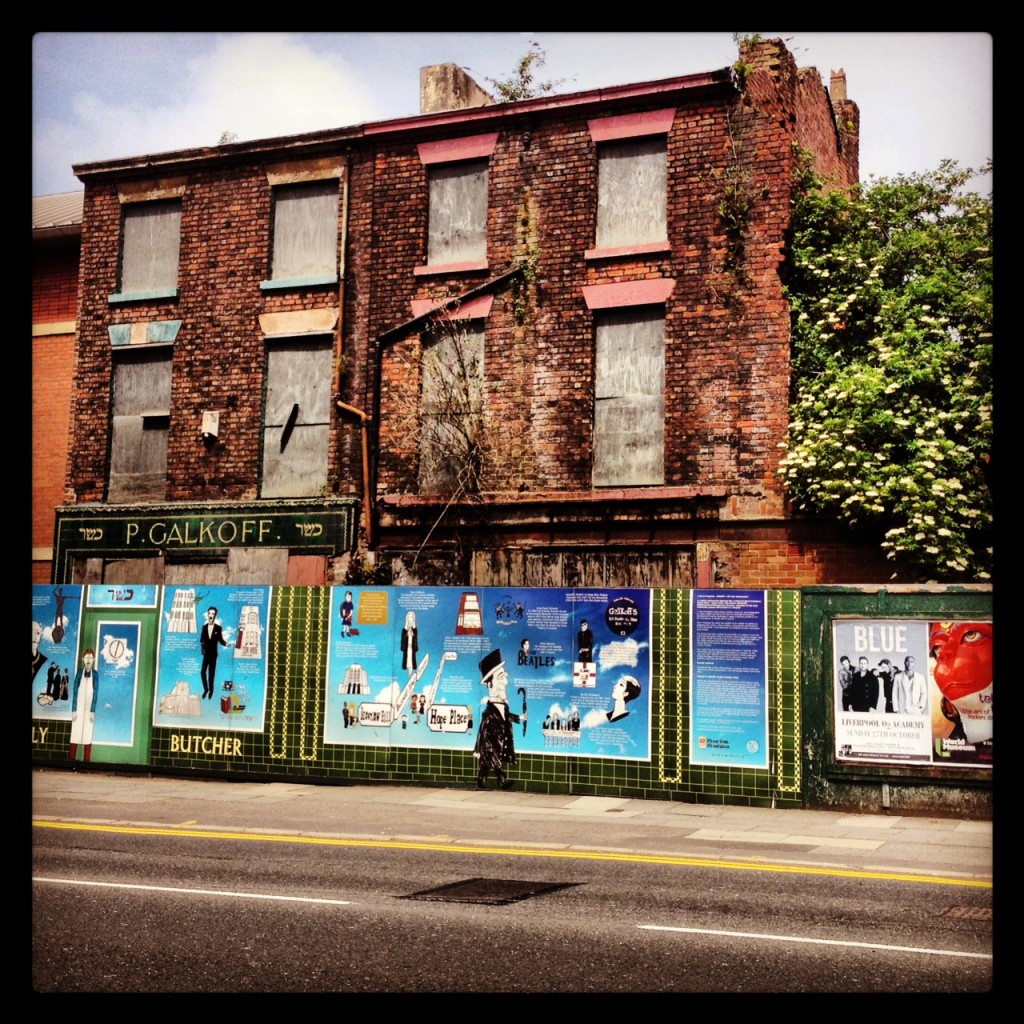One of the highlights for me of the European Economic Association/Econometric Society meetings (#eeaesem2013) that have just finished in Gothenburg was Ed Glaeser’s Marshall Lecture. All kinds of fascinating ideas were slotted into the one-hour lecture, whose theme was the interaction between the three pillars of urban economies: human interactions, engineering (the roads, buildings, cables etc), and public policy. The talk moved from the developed world to the developing world context, starting with a survey of the various kinds of evidence that population density drives productivity in cities but asking what ‘engineering’ and especially what public policy and institutional framework is necessary to enable the higher productivity and growth.

The evidence on growth happening in cities is strong, albeit with some inevitable questions about causality. For example, there is an earning premium for population density in US cities, and there has been faster house price growth in more densely populated cities. Prof Glaeser pointed out that older cities had formed because of a production advantage such as a good harbour but it is consumption advantages that matter now, as well as (in the US but not other countries) a nice climate. The people factor, the retention and increase in human capital, accounts for the contrast between the revival of Boston and New York since the 1970s and the continuing decline of Detroit and Cleveland. As an example of the importance of productivity arising from face-to-face contact, he cited the way Mayor Bloomberg took the walls out of City Hall, so it looked like a trading floor: “Knowledge is more important than space.”
The human capital factor is even more important in helping explain which developing world cities are growing faster, along with the existence of an entrepreneurial industrial structure. We always think about the slums, but, as Prof Glaeser pointed out, poor people move to cities – it is not the cities that make them poor. Indeed, real incomes, taking account of the costs and disamenities of urban life, broadly equalize across urban and rural areas; in the 1970s people used to get ‘danger money’ to live in New York to compensate for the crime and grime. The mega-cities in Asia and Latin America and Africa are reaching much larger populations at given income levels than was historically the norm because agricultural productivity is higher than in the past and transportation costs lower. So it is much cheaper to get food into a large population than would previously have been the case. Hence today’s new cities are larger and fewer than the smaller and more widely dispersed cities in Europe.
Many people regard the growth of huge developing country cities, with sprawling slums and extreme poverty as an undesirable phenomenon – but the fact that the countries’ growth must be driven by cities makes this question of whether they are a good thing or not a rather meaningless question. The meaningful question is how can they be best run? For this, city governments need money, technology and governance to tackle what Prof Glaeser called the “demons of density”. He argued that it is too hard to determine the ‘optimal’ size of a city because there are many trade-offs. The final part of the lecture was a high-speed exposition of some models of some of these trade-offs, focusing on some of the institutional and political problems such as how law enforcement needs to change with city size and density – the costs of disorder increasing with city size, but the challenge of bringing order increasing too. Providing clean water is another vital challenge. So too is creating the framework for efficient land use – and the combination of business district skyscrapers and huge low-rise slums indicates that most developing world cities fail on this set of policies.
Many of us in the audience found the models sped past too quickly, and I’ll look forward to reading about them. Much of the contextual background can be found in Prof Glaeser’s terrific book, [amazon_link id=”0330458078″ target=”_blank” ]Triumph of the City[/amazon_link]. The bottom line of the lecture is that it is important to understand better the policy challenges and trade-offs in city politics, because all the vital national economic institutions are shaped in cities – the middle classes form there, revolutions start there, and, as Professor Glaeser noted, “There’s no such thing as an arch-libertarian in a city.” Economists need to understand better the nexus of urban policy and institutions, what it is that shapes the human interactions, the source of productivity and growth (or not).
[amazon_image id=”0330458078″ link=”true” target=”_blank” size=”medium” ]Triumph of the City[/amazon_image]


